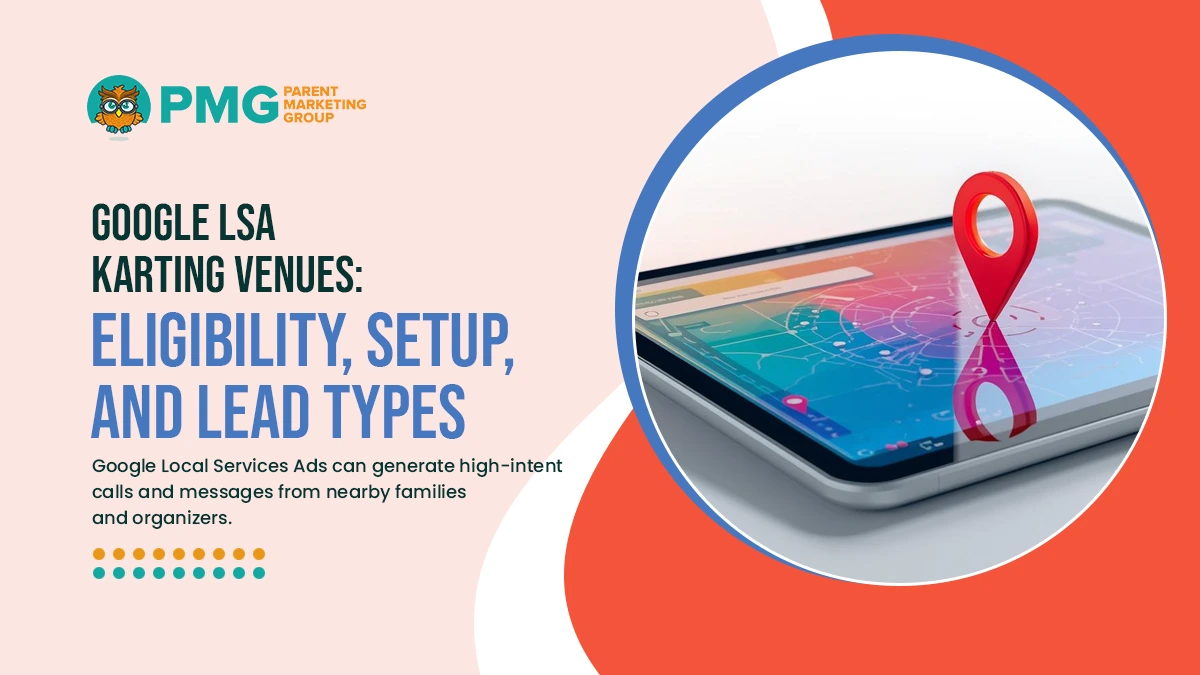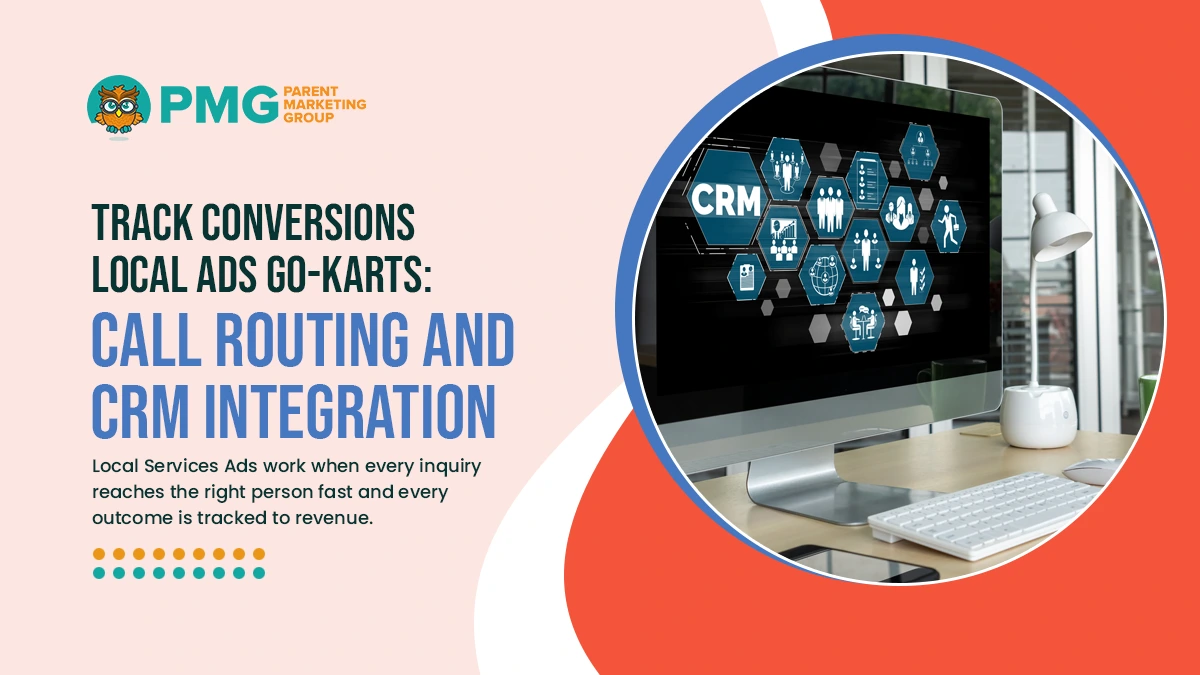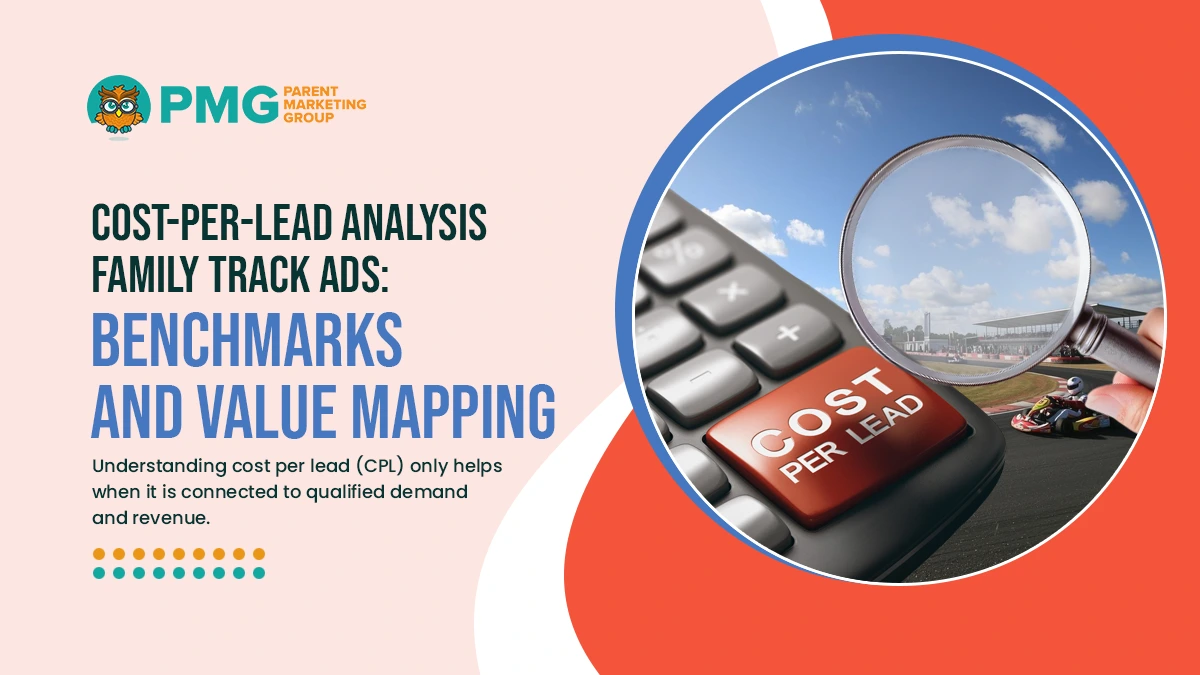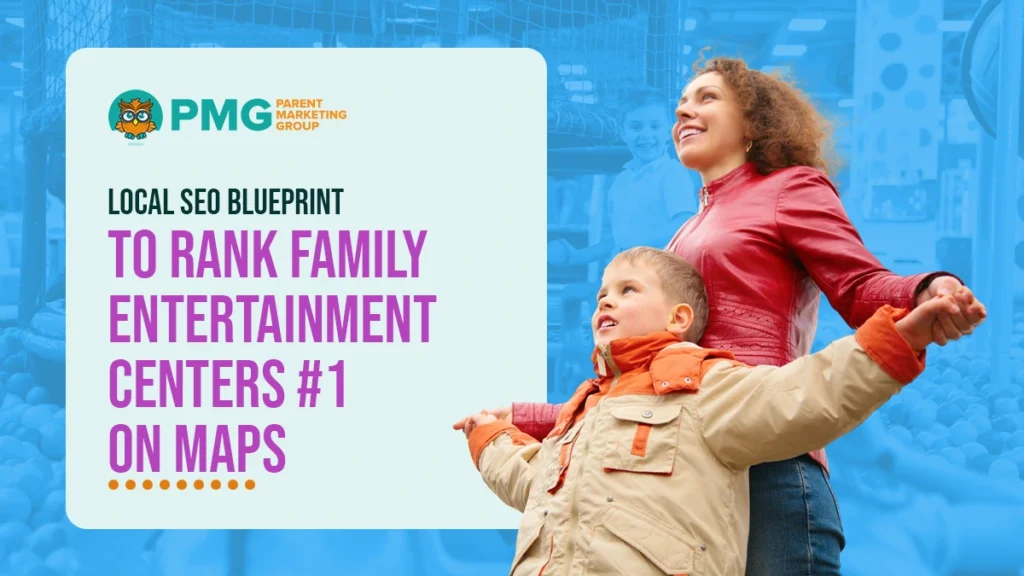Local service ads for ROI go-kart tracks focus on measurable leads that become paid reservations, party deposits, and group buyouts. To track accurate return, connect every LSA call or message to a guest profile in your CRM, tag the inquiry source, and record outcome stages such as qualified, scheduled, and deposited.
Use call recordings and disposition codes to separate spam from real interest, then match booked events to revenue in your POS. Report cost per qualified lead, cost per deposit, and revenue per lead by daypart and campaign. Add offline conversion uploads or scheduled spreadsheets from the LSA dashboard so marketing and finance share the exact numbers.
Google LSA Karting Venues: Eligibility, Setup, and Lead Types

Google Local Services Ads can generate high-intent calls and messages from nearby families and organizers. To benefit from this, karting venues must confirm eligibility, present complete profiles, and prepare teams to handle each lead type quickly and consistently.
Eligibility and Verification
Verify program availability and gather documentation before building the profile. This prevents stalls during review and keeps campaigns compliant.
- Business details: Match legal name, address, phone, and service areas to public listings.
- Licenses and insurance: Upload current documents in accepted formats where required.
- Background checks: Complete owner or staff screening if mandated in your market.
- Review baseline: Maintain recent Google reviews to support rank and trust.
Store proofs centrally with renewal dates noted, and schedule quarterly checks so nothing expires mid-flight.
Profile Quality and Setup
A thorough profile lifts ad rank and sets clear expectations for group organizers. Present concise, family-friendly information that answers common questions.
- Hours and availability: Publish staffed hours, holiday exceptions, and response time commitments.
- Photos and descriptions: Show track, safety gear, party rooms, and brief copy on group options.
- Categories and services: Select offerings that accurately reflect events, parties, and buyouts.
- Reviews and responses: Request fresh reviews and reply to feedback with policy-aligned language.
Revisit the profile monthly to refresh seasonal images, confirm hours, and align copy with current packages.
Lead Types and Intake Structure
LSA delivers calls, messages, and booking requests; each needs a defined intake path. Prepare routing, scripts, and SLAs to capture and qualify every inquiry.
- Phone leads: Use Google forwarding with recording for QA and disposition tracking.
- Message leads: Reply quickly with a brief script and a link to schedule or hold a date.
- Booking requests: Offer soft holds or quotes when scheduling is enabled and capacity allows.
- Tracking fields: Capture organizer type, headcount, date flexibility, and budget in the CRM.
Assign owners via round-robin or skill-based rules, and measure speed to first contact to improve close rates.
Disputes and Quality Controls
Protect the budget by filtering noise and reclaiming invalid charges. Establish simple rules and a weekly review rhythm.
- Dispute workflow: Flag spam, wrong numbers, and out-of-area contacts within Google’s window.
- Geo and hours filters: Limit delivery to realistic drive times and staffed periods.
- Outcome coding: Mark qualified, scheduled, deposited, or closed-lost with clear reasons.
- Feedback loop: Share findings with staff to refine scripts and reduce future mismatches.
These controls improve reimbursement outcomes and sharpen targeting, increasing deposit rates.
Track Conversions Local Ads Go-Karts: Call Routing and CRM Integration

Local Services Ads work when every inquiry reaches the right person fast and every outcome is tracked to revenue. Establish a clean routing path, standardized fields, and clear stages so marketing and operations view the same data.
Routing and Intake Workflow
Define a simple path from Google’s lead to the correct owner, with backups for off-hours. This keeps response times predictable and prevents lost opportunities.
- Round-robin rules: Distribute new LSA leads evenly across the group sales team.
- Skill-based fallback: Route schools to education specialists and corporate to weekday owners.
- Off-hours handling: Send to a monitored voicemail and create an auto-ticket for next-shift pickup.
- Call recording review: Record forwarded calls for QA and coaching.
Confirm routing weekly and test with internal calls so assignments, recordings, and tickets are created without manual steps.
CRM Mapping and Status Stages
Map each LSA field to your CRM and enforce a single set of stages. This makes cost-per-qualified-lead and cost-per-deposit reporting reliable.
- Source and campaign: Tag “Google LSA” plus profile or location to separate performance.
- Owner and SLA timers: Start a timer on creation to measure speed to first contact.
- Standard stages: New, qualified, scheduled, deposit, closed-lost with reason codes.
- Revenue fields: Capture deposit amount, expected headcount, and projected total.
Review dashboards by stage each week and reconcile any records stuck in “New” or missing revenue values.
Qualification Script and Data Capture
Use a short script that confirms fit and gathers the minimum data required to propose a date and package. Keep it visible in the CRM sidebar.
- Organizer type: Identify school, team, corporate, or birthday to tailor next steps.
- Headcount and flexibility: Record range and alternate dates to speed scheduling.
- Package interest and budget: Note tier preference and food or room needs.
- Next action: Set a task for proposal, calendar hold, or payment link.
Close each call by restating the plan and sending a summary email or SMS so expectations are documented.
Notifications, SLAs, and Coaching
Alerts and clear expectations protect response time and improve close rates. Pair metrics with brief coaching.
- Instant notifications: Email and SMS to the assigned owner with key fields.
- SLA targets: Under 10 minutes to first contact; 24-hour follow-up if no response.
- Escalation rules: Reassign after missed SLA and notify the manager.
- Weekly reviews: Spot-check recordings and update scripts based on objections.
These controls create a measurable pipeline from LSA click to verified deposit.
Cost-Per-Lead Analysis Family Track Ads: Benchmarks and Value Mapping

Understanding cost per lead (CPL) only helps when it is connected to qualified demand and revenue. Establish clear ranges and weights for quality, and translate each lead into expected value so budgets align with payback.
CPL Targets by Context
Set target ranges that reflect seasonality, organizer type, and staffing capacity. These benchmarks guide bidding and pacing.
- Baseline range: Define an expected CPL for birthdays, schools, teams, and corporate groups.
- Seasonal factor: Adjust ranges for school breaks, holidays, and tournament windows.
- Daypart impact: Note that evening and weekend demand often raises CPL but improves conversion.
- Capacity check: Lower bids when staffing is constrained to avoid unserviceable volume.
Revisit targets monthly and compare actuals to plan before shifting budgets.
Lead Quality Weighting
Not all leads are equal. Weight results to remove noise and reflect the mix of qualified inquiries.
- Spam removal: Exclude wrong numbers, solicitations, and obvious duplicates from averages.
- Qualification rate: Apply a multiplier for leads that meet headcount, budget, and date fit.
- Segment mix: Track the share of schools, teams, corporate, and birthday inquiries.
- Aging rule: Devalue leads that sit without contact beyond your SLA.
Use weighted CPL for decisions; raw CPL is a diagnostic, not a goal.
Value Per Lead and Revenue Mapping
Translate leads into revenue expectations using consistent fields. This anchors optimization to outcomes.
- Average order value: Record typical spend by segment, including add-ons.
- Deposit size: Track initial payment to understand cash-flow coverage.
- Close rate: Apply segment-specific lead-to-deposit percentages.
- Projected value: Multiply weighted leads by AOV and close rate to estimate revenue.
These numbers will be reflected in the dashboard so teams can see the business impact of each campaign.
Payback Math and Budget Guardrails
Use simple calculations to set limits that protect return. Codify thresholds so adjustments are timely.
- Break-even CPL: Divide AOV by target return to define the highest acceptable CPL.
- Budget caps: Set daily and weekly limits that pause spending when CPL exceeds guardrails.
- Sensitivity checks: Model outcomes if close rate or AOV shifts by ±10–20%.
- Allocation rules: Move spend toward segments with the strongest revenue per lead.
Review payback weekly and reallocate based on verified deposits, not impressions or clicks.
Conversion Events and Offline Uploads
Reliable ROI tracking depends on clearly defined conversion events and accurate value uploads. Connect deposits and booked events from your CRM/POS back to Google so optimization targets revenue, not just inquiries. Establish a repeatable data flow with strict keys, timestamps, and validation.
Define Primary and Secondary Events
Start by agreeing on the outcomes that matter and the milestones that predict them. Keep event names consistent across systems.
- Deposit booked: Marks the moment a group reserves with payment and a confirmed date.
- Private buyout confirmed: Captures full-venue or track buyouts with higher projected value.
- Quote sent: Indicates meaningful progress and fuels early-stage optimization.
- Tour or call scheduled: Signals qualified interest when deposits are not immediate.
Document event definitions and ensure staff select the correct status so reporting remains trustworthy.
Build Data Feeds and Match Keys
Your upload must match the original LSA lead with high confidence. Use deterministic identifiers and standardized formats.
- Primary keys: Phone and email captured in the lead, plus CRM booking ID where available.
- Timestamps: Store event time in ISO format and align to the account timezone.
- Values and currency: Include deposit amount and total value fields with the correct currency code.
- Transport method: Use scheduled CSV exports or an API/ETL to automate uploads.
Test a small file first, verify match rates, and schedule uploads daily so models learn quickly.
Validation, Reconciliation, and QA
Close the loop with routine checks that catch gaps early. Compare platform counts to internal records and correct drift.
- Match-rate review: Monitor the percentage of uploaded events that Google accepts.
- Duplication controls: Enforce unique IDs and ignore repeated events within a set window.
- Reason codes: Track unmapped records (missing phone, mismatched time) for remediation.
- Revenue reconciliation: Tie uploaded deposits to POS reports by date and segment.
Publish a weekly summary with match rate, rejected rows, and recovered revenue so marketing and finance share one source of truth.
Conclusion
Local Services Ads become valuable when they act as an intake system with clear ownership and shared definitions. When every call or message is routed instantly, captured in the CRM, and tied to deposits and booked events, you can see a return in concrete terms rather than impressions or clicks. The result is a repeatable process that supports staffing plans, protects the budget, and guides pricing for busy periods.
Need a clean path from LSA lead to verified ROI? Call (716) 303-4133
or visit https://parentmarketing.com/contact-us.






